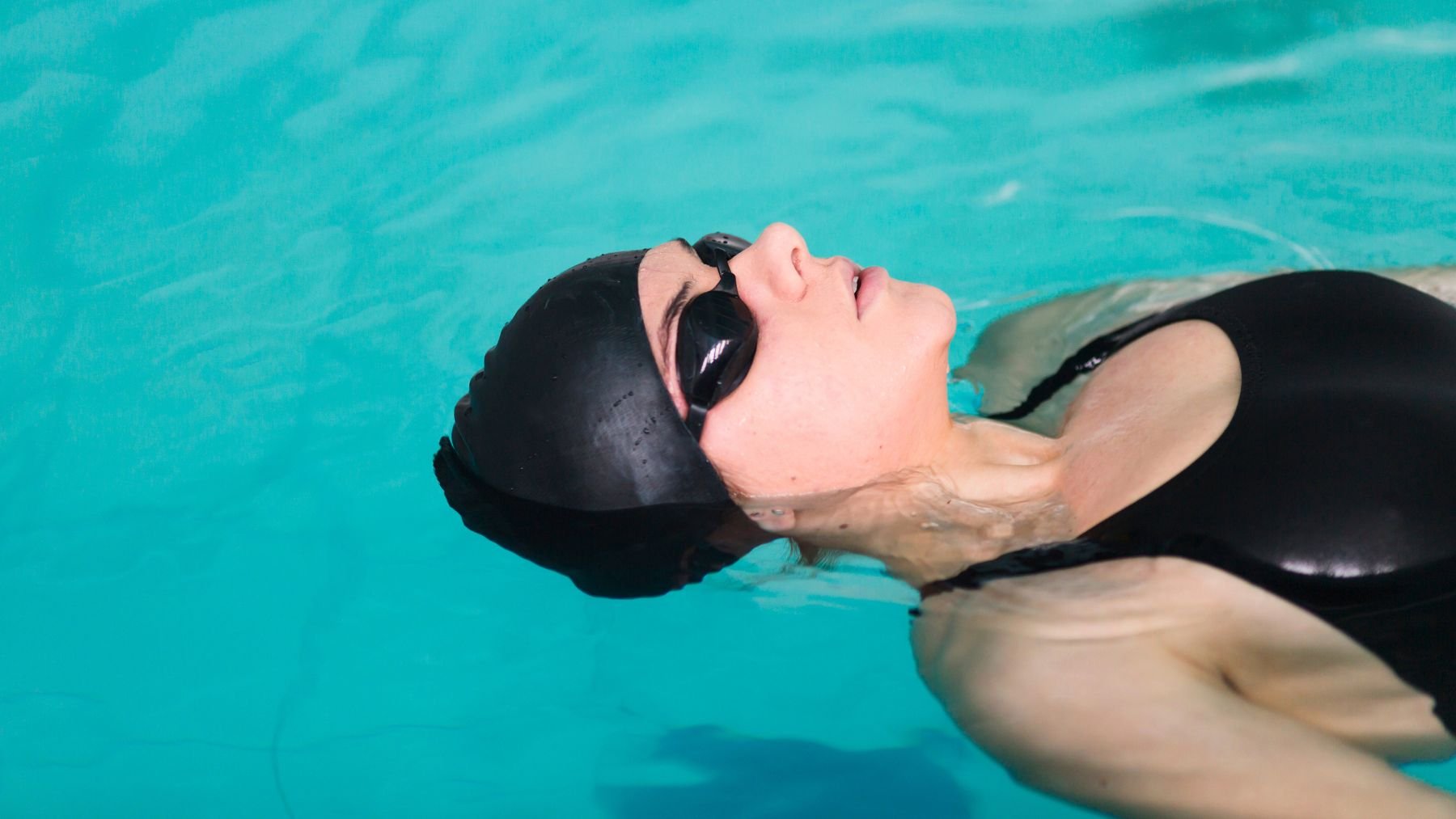Most people assume gyms are the answer for staying strong after 65, but there could be another way. The most effective workouts for balance and fall prevention don’t happen only on treadmills or machines. They can also happen in the water.
Warm-water pools create a unique setting where joints feel supported and every movement meets natural resistance. Researchers highlight aquatic training as one of the safest and most effective methods for seniors to strengthen stability, improve coordination, and reduce the risk of falls.
Why water works so well for balance training
Falls remain the leading cause of injury among Americans over 65, with millions reported each year. According to specialists, exercising in heated pools helps seniors build the muscle control and reaction time needed to prevent slips before they happen.
Water makes the body feel lighter, which removes fear of falling while still demanding effort from every muscle. Each motion pushes against resistance in all directions, engaging the core, legs, and back at the same time. This creates better postural control and steadier steps once back on land.
Experts explain that slow, mindful movements in the pool encourage calm breathing while teaching the body to respond quickly to shifts in balance. Sessions often include walking forward, backward, and sideways through the water, gentle leg lifts, and resistance-band exercises at the pool wall. These patterns target hips, ankles, and core muscles that directly influence stability.
Unlike gym machines, where a stumble can feel risky, aquatic sessions give seniors space to test new movements safely. The buoyancy of the pool reduces joint strain on knees and hips, which means training can be consistent without the setbacks of soreness or injury.
Tips for getting started with water-based balance training
For older adults new to aquatic exercise, experts recommend a few simple steps to get started properly and avoid frustrating experiences:
- Check with a healthcare provider first: A physical therapist or doctor can screen for dizziness, neuropathy, or other conditions that may influence exercise plans.
- Start with group classes: Many community centers and wellness facilities in the US offer senior-focused aquatic balance programs that provide guidance and social motivation.
- Use proper footwear: Lightweight pool shoes reduce the risk of slipping on wet decks and improve traction during exercises.
- Go at a steady pace: Short sessions of 20–30 minutes, two or three times per week, build progress without fatigue.
- Warm up and cool down: Gentle breathing and stretching before and after sessions help muscles adapt and recover.
- Stay consistent: Results come from regular practice, not occasional effort. Pairing pool work with light home exercises, like heel raises or sit-to-stands, reinforces gains.
- Track progress: A simple journal noting energy, stability, or confidence can show improvements that might otherwise go unnoticed.
Getting started doesn’t require fancy equipment, just access to a warm-water pool, supportive instruction, and a willingness to practice. Balance training in the water reduces injury risk, strengthens daily movements, and restores confidence in everyday life. For people over 65, this environment provides the best mix of safety, challenge, and long-term benefits.

